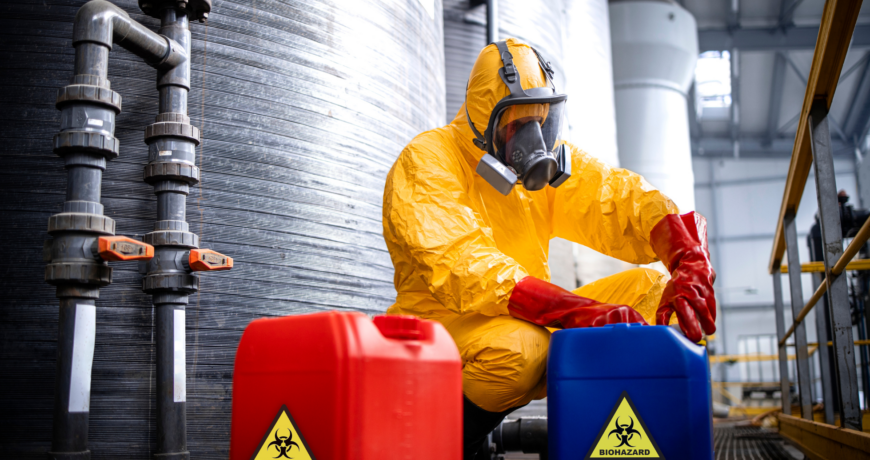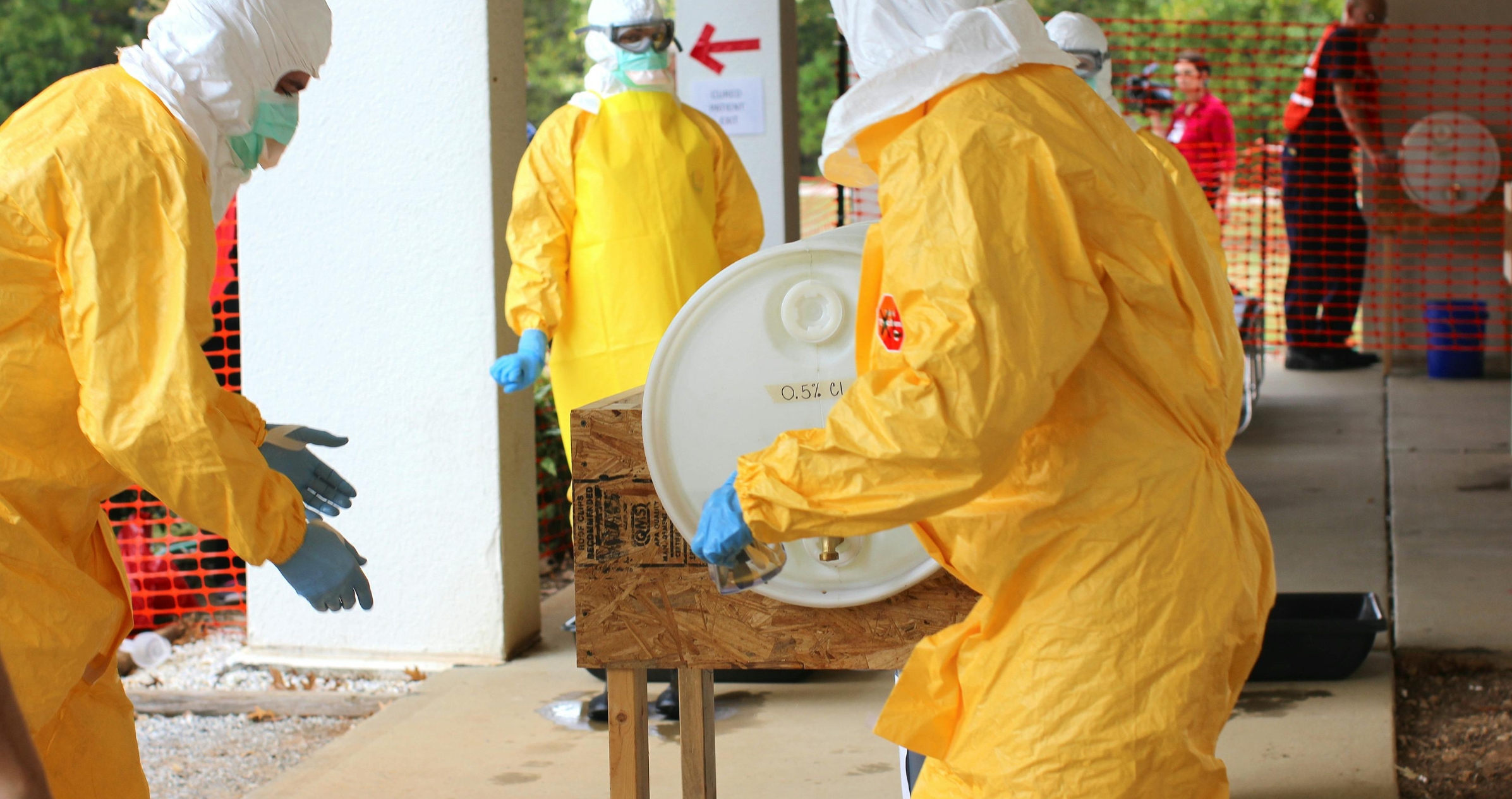Workplace Hazards & Safety Measures
Workplace Hazards & Safety Measures
Creating a safe working environment is a fundamental aspect of any business. Understanding and mitigating workplace hazards is essential not only for the safety of employees but also for the overall efficiency and productivity of the organization. In this article, we will delve into various workplace hazard, the potential risks they pose, and comprehensive safety measures that can be implemented to protect workers.
Workplace Hazards
Workplace hazards are any condition or activity that has the potential to cause injury, illness, or negative health effects to employees. These hazards can be physical, chemical, biological, ergonomic, or psychosocial in nature. Recognizing these workplace hazards is the first step in establishing effective safety measures.
Types of Workplace Hazards
Many workers are exposed to different types of work risk. These include:
- Physical Hazards: These include potential risks such as slips, trips, falls, and machinery accidents. For example, wet floors can lead to slips and falls, making adequate signage and flooring materials essential safety measures in mitigating this workplace hazard.
- Chemical Hazards: Exposure to harmful chemicals can result in serious health issues. This can occur in industries involving manufacturing, cleaning, or painting. Safety measures to address chemical workplace hazards include proper labeling, usage of Personal Protective Equipment (PPE), and comprehensive training on handling chemicals.
- Biological Hazards: Employees may be exposed to harmful bacteria or viruses, especially in healthcare settings. Influenza outbreaks or bloodborne pathogens are prime examples of biological workplace hazards. Safety measures can include vaccinations, appropriate disposal methods, and the use of isolation procedures.
- Ergonomic Hazards: Poor workplace design can lead to musculoskeletal disorders due to repetitive movements or uncomfortable working conditions. Employers should implement ergonomic assessments and provide adjustable furniture and tools to minimize these workplace hazards.
- Psychosocial Hazards: Workplace stress, harassment, and violence are serious issues that can affect employees’ mental well-being. Effective communication, a positive workplace culture, and conflict resolution strategies are essential safety measures against these workplace hazards.
The Importance of Identifying Workplace Hazards
Identifying workplace hazards is not merely a compliance issue; it’s a crucial step in ensuring the safety and health of all employees. When hazards are identified, employers can put the right safety measures in place, which can significantly reduce workplace accidents. Consistent evaluations and risk assessments should be conducted to stay proactive in recognizing potential risks.
The Role of Risk Assessment in Managing Workplace Hazards
Risk assessment plays a pivotal role in managing workplace hazards. This process involves identifying the hazards, evaluating the risks they pose, and implementing measures to control those risks. Regular risk assessments can enable businesses to adapt to new challenges and changing work environments, ensuring the safety of their workforce.
Safety Measures to Mitigate Workplace Hazards
Implementing effective safety measures is essential to reduce workplace risk. Among the methods and strategies that can be pursued by senior organizations are:
Comprehensive Training Programs
Well-trained employees are critical in reducing workplace hazards. Organizations should invest in comprehensive training programs that cover:
- Employees should be educated on identifying various workplace hazards.
- Developing and communicating standard operating procedures helps employees understand the correct ways to perform tasks safely.
- Training on how to respond in the event of an emergency can significantly reduce injuries and save lives.
Personal Protective Equipment (PPE)
Utilizing appropriate PPE is a primary safety measure in mitigating workplace hazards. Depending on the nature of the work, PPE may include helmets, gloves, goggles, and respiratory protection. Employers must provide the necessary equipment and ensure that employees know how to use and maintain their PPE effectively.
Regular Inspections and Maintenance
Conducting regular inspections of the workplace can help identify potential hazards before they become problematic. Inspections should include equipment checks, monitoring of safety protocols, and assessments of employee compliance with safety measures. Preventive maintenance of machinery and infrastructure can significantly reduce the likelihood of accidents related to workplace hazards.
Establishing Safety Committees
Creating safety committees made up of employees from various departments can be an effective measure in addressing workplace hazards. These committees can regularly review safety policies, generate reports on incidents, and provide recommendations for improvements, fostering a culture of safety engagement within the organization.
Legal Obligations and Compliance Related to Workplace Hazards
Organizations have legal obligations to provide a safe working environment under various occupational health and safety laws. Failure to comply with these regulations can lead to serious consequences, including fines, legal action, and increased liability. Understanding and adhering to legal requirements related to workplace hazards is essential for protecting both employees and the company.
1- Creating a Safety Culture
A successful safety program goes beyond compliance; it fosters a culture where every employee feels responsible for their safety and the safety of their coworkers. Leaders should encourage open communication and empower employees to speak up about any potential hazards without fear of reprisal.
2- Addressing Mental Health in Workplace Hazards
Ignoring mental health as a workplace hazard can be detrimental to employees’ overall well-being and productivity. Employers should be aware of the mental and emotional challenges employees may face and offer resources such as counseling services, stress management workshops, and mental well-being programs.
3- Continuous Improvement and Safety Audits
Establishing a safety program is not a one-time initiative; it requires continuous improvement to adapt to new workplace hazards. Regular safety audits can help organizations ensure that their procedures remain effective and relevant. These audits should focus on:
- Identifying emerging workplace hazards: Staying updated on industry trends can help in recognizing new risks.
- Evaluating the effectiveness of existing safety measures: Regular reviews allow for adjustments based on new insights or incidents.
- Gathering employee feedback: Employees can provide valuable input on safety concerns and suggest improvements.
Conclusion
Workplace hazards pose significant risks that can impact not only the safety of employees but also the productivity and reputation of an organization. By understanding the different types of workplace hazard and implementing effective safety measures, employers can create a safer working environment. Ongoing risk assessments, comprehensive training, and fostering a culture of safety are essential steps toward mitigating workplace hazard.





There are no comments